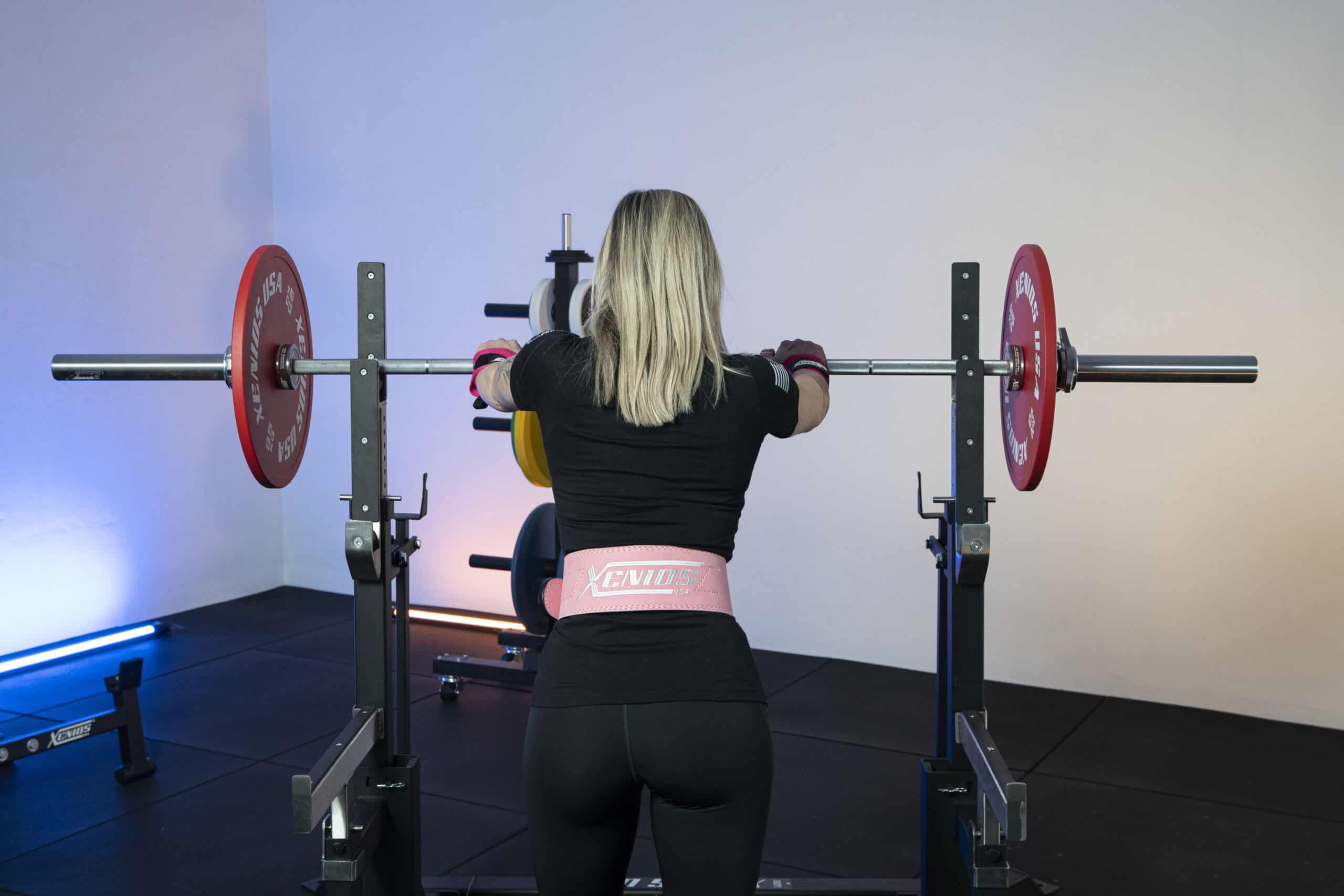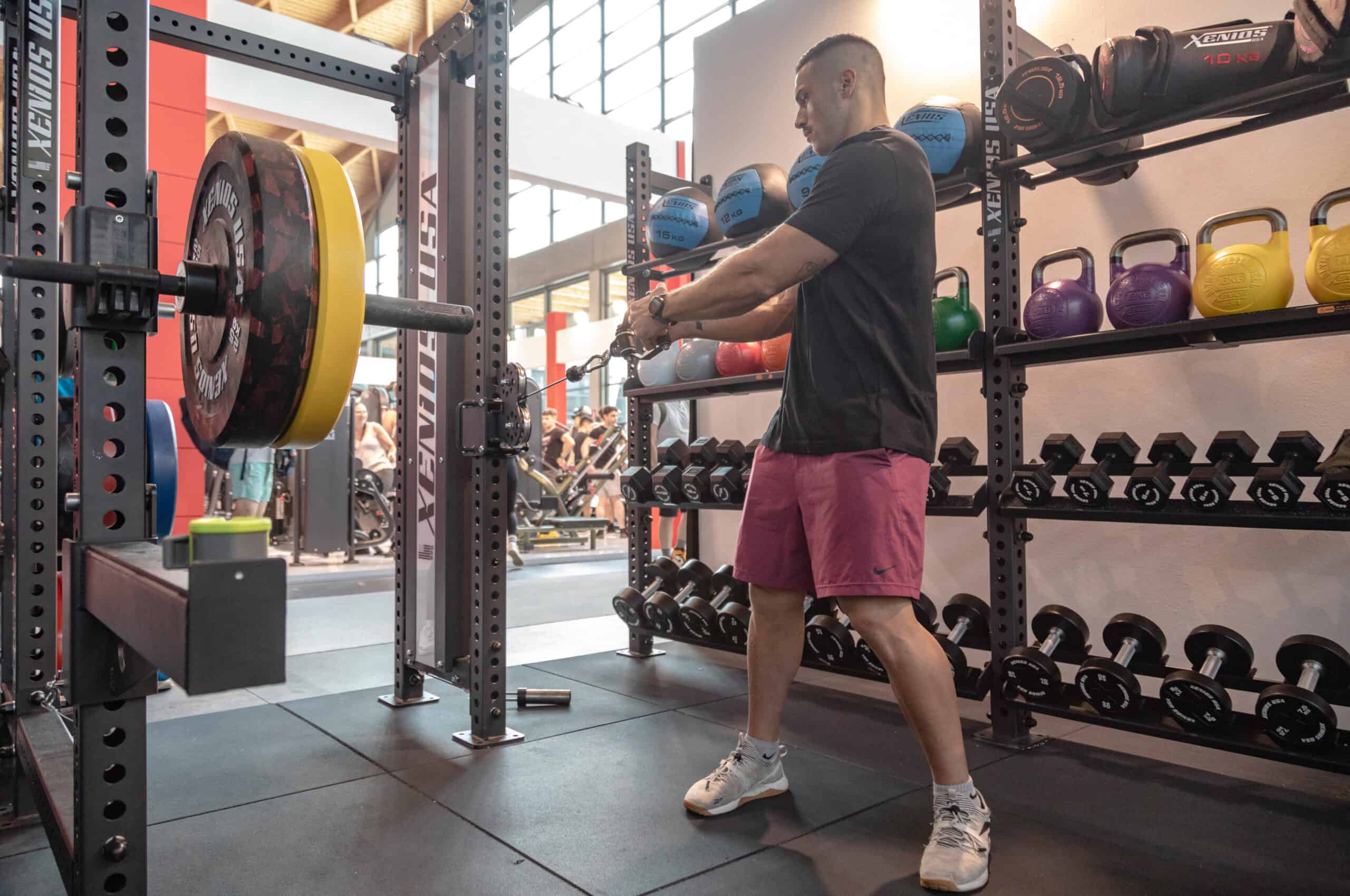Interview with Guido Bruscia, technical director of the Functional Training School, the first functional training school in Italy.
In this episode of Functional Training, the podcast for gym professionals, let’s see together:
- Steps to specialize in functional training.
- The difference between a live course and an online course.
- Work with barbells to improve as a personal trainer.
- Learn to train with bags (Fitness Power Sandbag)
Francesco Perticari: Hi everyone. We’re here with Guido Bruscia who doesn’t need an introduction, because in the world of functional training, in the sports and fitness world he’s well known…but I’d like to ask him to give us a brief presentation of who he is and what he does.
Hi Francesco, how are you? I’m a fan of movement. I started in ’98 as a teacher with the Italian Fitness Federation and from there I started my journey, my path, that always brought me closer to the basics, the ABC’s of movement.
In 2010, I officially founded my school, the Functional Training School, that focuses specifically on functional training and all of the movement strategies that interact with our central nervous system. So we started with functional, then we moved to myofascial, to neural, to neurology applied to movement and things like that.
In reality I define myself as a “movement” coach”, that per my definition is the person that tries to bring movement, and therefore, health through movement to people.
FP: In my opinion, you’ve already anticipated a lot of the questions that I’ll ask you, you summarized everything that you’ve done very well. And your fame precedes you, in the sense that from a functional point of view you’re one of the points of reference since forever, since functional arrived in Italy. And the first question that I’m going to ask you is this: what pushed you to concentrate first, among the first, and immediately on functional training?
GB: In reality it was a fight, Francesco. That means that in 2004 I was in America to participate in some conventions and for the first time I saw equipment that was different with respect to classic bodybuilding equipment and classic barbells, dumbbells, to classic machines.
Equipment like Kettlebells, Power bags. All of these things fascinated me and so I realized that there wasn’t just one, but many universes that we completely forgot about in the gyms. It was 2004 and it was in 2004 that for the first time I spoke about functional training at a convention for personal trainers.

FP: So quite some time ago. Those were the years that the first signs of functional training were arriving in Italy.
GB: Yes, even though it’s said that in Italy it started to arrive in a more blatant, more well-known way from 2008 forward. From 2001 to 2004, no one was talking about it yet and I have to say that this, for many people, generated a lot of stupor, a lot of skepticism towards my first releases. But I have to say that today I’m satisfied with the path I followed and that I continue to follow.
Of course, because in any case you anticipated and predicted a trend that had an exponential growth. A bit like Xenios did in 2009/2010 it focused almost exclusively on functional training, on high performance, predicting that fitness was moving from a concept of training the body to a concept of training movement.
FP: Hopefully our Magazine is viewed by both “regular” people and trainers. I would suggest doing a brief summary, because many people are curious to know what are the principles that this type of training is based on.
GB: Basically, the question that you asked is much more complicated than it might seem. It’s not a simple question. Like I often say, simple doesn’t mean ordinary but instead it means a very direct way to arrive to the heart of the question.
Having to summarize it in a few words, we could say that functional training is a training that follows our evolutionary lineage. That means we have to reason in terms of kinematic chains, in terms of the control unit that commands everything, because if there isn’t integration with the control unit, the whole body doesn’t work as a consequence and so we work by following this type of approach.
In a few words: the hip extensor chain. We’re made to run, jump, stabilize, decelerate. So you see that every kinematic chain of the body gives us a precise answer and therefore a very precise setting.
From this point of view I created this opinion: I don’t completely agree with those that sustain that in functional training we reproduce the movements we make everyday, but I’ll explain what I mean.
And here I’m opening a world, but in a very synthetic way this is what I wrote in my last book, in response to a great book written by a great figure in this sector, the professor Andorlini (Allenare il movimento: dall’allenamento funzionale all’allenamento del movimento, Calzetti&Mariucci Editore, 2013). Because there’s a small fact: a sedentary lifestyle wasn’t expected from our genetics. So in reality, being sedentary influences largely, unfortunately, the most part of our life. The armchairs, seated position, the being on our feet for only two hours a day statistically (because this is what statistics tell us) wasn’t something that our evolutionary lineage had predicted and so you can understand why many people, especially young people, in this period and due to the lockdown circumstances of the last two years, are literally deficient in their motor skills. It’s something to be reconstructed, precisely because there’s an excess of factors that lead us to a sedentary lifestyle.

FP: It’s like saying it’s a trivialization to say that functional training brings us back to the movements of everyday life seeing as now the movements of everyday life are laying on the couch. We can’t train people to sit on the couch and press the buttons on the remote control.
GB: Of course, the concept is this and this is also the reason, if you notice, why in the last two years you see a ton of people have gained weight, because clearly having to be forced inside reduced our social lives, so at this point the calorie expenditure has been completely unbalanced with respect to the calorie intake that we have with a diet that could also be ok with a balanced social life. But a compressed social life caused an accumulation of fat that is therefore one of the problems: the accumulation of fat and scarce motor activity are the two most frequent problems that I come across and have to overcome with people.
FP: And that unfortunately in this period you can see even in young kids.
GB: We absolutely have an enormous increase in overweight children and childhood obesity, statistically exponential.
FP: Yes, but I believe that even more dangerous than obesity is the fact of motor illiteracy. I’ve seen children that don’t know how to ride a bike, that have difficultly with a small, bumpy descent. So to me your work and your message have a high social value. Thank you for your summary, we agree on a lot of principles.
It’s difficult to quickly summarize concepts that should be explored in a deeper way. I’d like to shift the attention though a bit more on your path. Since in the stories there’s always a dark forest, a wasteland to cross, I wanted to know in the scope of the foundation and the construction of the Functional Training School, what was your dark forest, what were some of the difficulties that you had to overcome?
GB: Well, fundamentally two and there was one that I have to say was my fault. I’ll start with the calmest one. The first was the skepticism. When I started to bring kettlebells, bags, medicine balls (that in reality have a millennial story) and things like this to Italy, people looked at me with a lot of skepticism. Probably some people laughed. I’ve had a lot of my coworkers that years later came to find me, maybe at Rimini Wellness or another event, saying to me “Wow, good job because you were ahead in a time where everyone was skeptical or laughed behind your back.”
The second one regards my own fault. That means that it’s one thing to be the teacher of a school, it’s another to be the owner of the school. There’s an organizational discourse to be done that goes way beyond that which is a simple application or having courses, therefore I had to continuously work on myself and I continue to do so. My teachers know this about me very well, because I had a tendency to leave my problems behind while continuing forward on my path…then at a certain point the “knots get caught on the brush” and make everything difficult, therefore, I had to start delegating and take an entrepreneurial path in order to organize everything.
For everything else I didn’t have obstacles, because when I started the functional path I had an immediate intuition that it was the right one: the first results I saw on myself, a person with a certain age, where they say from axioms of physiology that your mobility beyond a certain age will never improve. I was able to improve it, my best physical shape I had at an older age, not before, when I had a lot more energy and time to dedicate to training. So from that point of view I’m very satisfied.
FP: Great. Thanks for your response and yes, I agree. I agree with you about that and we also see it daily with all of the passionate trainers that manage training centers, gyms, etc…that decide to open a business and they’re in love with teaching, coaching, or training people but then they have a conflict, especially in Italy, with having to become an entrepreneur. This is why in Xenios we help people make this step and more. If you decide to be an entrepreneur but you don’t want to run the business, this could be a problem.
It’s here that they have their biggest conflicts, they’re huge lovers of training which pushes them, but then they also have to do the other business part in order to grow.
GB: Exactly, it’s fundamental.
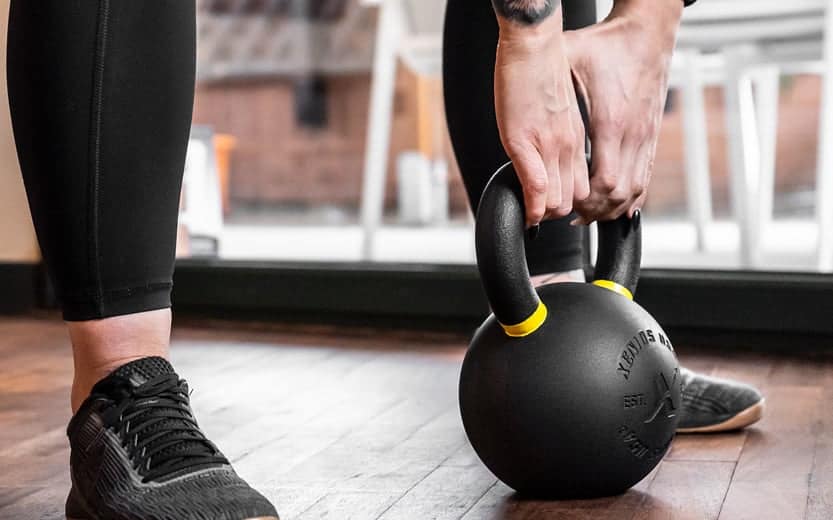
FP: To give a hand to those who will listen to this podcast I want to ask you, what are the steps according to you that a trainer has to do if they want to specialize in functional training?
GB: Well, clearly I’m a bit biased. I’m the owner of the Functional Training School, but I want to add a couple of things. First of all, surely what I tell everyone that wants to become a functional trainer is to abandon the “school” of the online web, in the sense that unfortunately on the web you’ll find a lot of crap and very little quality, few quality content. We’re in the era of influencers, let’s not forget it, therefore maybe you’ll see a super ripped guy, really toned, and that’s why he attracts a lot of attention, but he doesn’t have proper preparation at the base, never did a functional course, he looked online and started to use whatever he found. I wrote an article a little while ago on Linkedin called “Rispetto per gli Attrezzi” (“Respect for the Equipment” in English).
When you go to use equipment like a kettlebell (I say kettlebell but I could also say barbell or anything) you have to focus. You can’t think of watching a video and, therefore, knowing things. If you don’t try it yourself you can’t know anything, you won’t know anything about that equipment.
Therefore, my advice isn’t to go to the courses of our school, but rather to attend courses and stay updated. I say it even if it’s not something that I propose in my school, one of the things that’s recognized in Cross Training, for example, is the fact of having pulled weightlifting out of the basements, hence working with barbells. This is something that should be recognized, we have to give credit where credit is due, therefore my advice to become a well-rounded instructor of functional is to go to weightlifting courses.
Why? Because they enrich what you already have in your technical “suitcase”. From this point of view I recognize a single merit, maybe two. The first is having followed the path of my passions even though a lot of people were skeptical at the beginning. The second is not allowing myself to be limited by strange thoughts like “or you go to my school or I’m not your friend”, you’re not one of my friends on Facebook or things like that.
FP: Some schools, on the other hand, are much more sectarian and fundamentalist.
GB: Unfortunately yes, unfortunately yes. I’m completely free. My students know it, I tell them, “guys, go elsewhere too.” Continue elsewhere too, but don’t stop yourselves, and don’t stop yourselves because we still don’t know anything about movement. When we talk about a neural connection, so about this central unit, I want to remind you all that mirror neurons were discovered in ’92, in a relatively recent period. A team (that of Professor Rizzolatti from the University of Parma) discovered that when one of his team members raised his arm in front of a monkey, in the brain of that monkey the areas that would lead him to raise his arm are activated simply by observing that person.
And that’s the mirror neuron. Think about what a miracle movement is. I can think I know everything, but do I consider my school of functional the number one? No. So it’s important to always keep yourself updated.
FP: There’s another risk in functional, functional brought movement back to simplicity. And so some functional exercises are similar to what we did with bodyweight 30 years ago at the ISEF. The point is that, even if they seem like the same exercises, they’re facts of a conception, with a posture and technology that are completely different from 30 years ago. So the big hoax is this. It’s like saying it seems simple but it’s actually not so simple if you don’t study the basics of functional.
GB: Simple isn’t ordinary. The step from functional to dysfunctional is very brief. Allow me to present this example: in one of the books that I wrote I talk about how jumping is a gesture that in itself has everything. With that said, when I look on online at functional lessons I see everyone jumping like a kangaroo. Now, the jump implies preparation because at the joint stress level, tendon, it’s a rather important stress. So, if people don’t prepare themselves beforehand, sooner or later it’s like setting off a timer, sooner or later they hurt themselves. Seeing people three times a week jump like a kangaroo, being beginners, is very risky.
So, it’s true that we’ve taken exercises from 20/30 years ago, but we also left behind the problems that existed 20/30 years ago. When I was doing track and field, 18 kg ago, so I weighed 18kg less, and I did the long jump and triple jump at the regional and national classifications, they put me on my feet with an Olympic barbell that weighed 20 kg and made me do twists. Or on my feet, or worse, sitting down. Repeats of twists. My spinal hernia that had to be operated on in 2006 was probably created at that time, so the step from functional to dysfunctional is a small one.
This is why it’s important to have a method and train yourself.
FP: Good, we agree about this too. I’m going to ask you for some news if you can give it: you wrote a lot of books about functional training, some that have even been translated into various languages and distributed to the world. I know, because there’s a collaboration between Xenios and the Functional Training School, that your new book is coming out. Can you tell us something about it?
GB: I’ll tell you something and then I’ll tell you about another surprise that we’ll see soon. I wrote a book on Bags (in Xenios they’re called Fitness Power Sandbag) because I was fortunate to know and work more than once in America with who I retain as the number one person with this tool, Josh Henkin. He helped me discover many aspects of working with the Bag.
So from there I thought about writing a series of mono-thematic books, in each one we will confront one piece of equipment at a time. The interesting thing about the book about the Bag, is that there’s about 80 or so exercises, but we wanted to take a step towards the people, towards a greater and better understanding of concepts connected to this piece of equipment. So beyond the classic photography that’s beautiful and clear, and the explanations about where it starts and where it arrives, in every exercise there will also be a QR code, so that a person can take a picture of the QR code and automatically a video will appear with me performing that exercise.
It’s the first book of our sector where we have a window with the photography and the QR code to show how the exercise is performed in real life.
The small surprise is that there’s another one that I’m preparing and will be the next about functional, Functional Specialist, and I think it will be great. I’m putting in a lot of knowledge from the school of neurology applied to movement that I’ve been following for a few years and some other particularities. A lot of fighting against clichés, such as incorrect training on proprioception, the importance of neurologic systems for training athletes, primarily the visual system. There are some very interesting things for both trainers and for beginners, because there are direct connections even with elements and fields such as posture, mobility, and other similar factors. So we’ll meet again soon for the next sequence about equipment and photos.
FP: Everyone’s waiting for it.
I’d say that everything that was I interested in letting our readers and listeners know about I have asked you, even with the time limit that we have. It would be nice to go much deeper, but it doesn’t mean we can’t do so in other episodes.
I’ll leave the next question open to you in regards to what you want to add about the activities of the Functional Training School, or about the things you’re doing at the moment, what you’re interested in letting people know about.
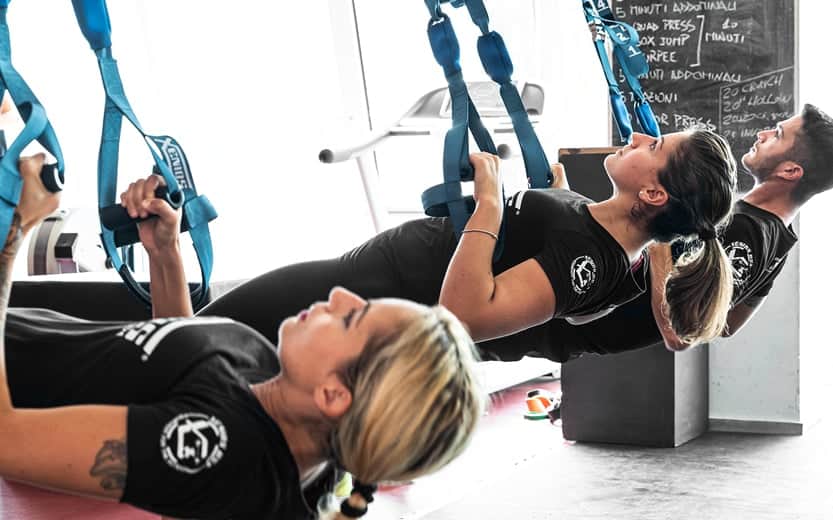
GB: Fundamentally this: we’re at the end of a two-year tunnel for the entire sector, therefore, we’ve decided to organize as a school at the end of every August in Cesena (for those interested, even next weekend, that of the 28-29th of August) a convention that in reality will be a formation/update course, so a vacation/formation over two days where we invite instructors, trainers, and fans to speak, to listen, and attend lessons for functional, myofascial, neural, pilates, and all of the news, to be able to restart the new season a little bit earlier, since our sector suffered a lot. From there we will start again with our formations in all of Italy, from functional to myofascial, to marketing, to mobility, mobility work on the floor, ecc. We say that we’re a school that’s looking for evolution and in this I identify a lot with your philosophy. We’re looking to help the evolution of who is newly entering this field and who’s already been inside it for some time.
FP: And I know that in Cesena, beyond your amazing trainers, there will also be some amazing guests.
GB: Guys, so much stuff. We’ll have the grand Gian Mario Migliaccio, who’s a researcher-athletic coach, we’ll have Enrico Ceron, who collaborates with various Italian and international universities about everything regarding posture, balance, and working with small equipment. We’ll have something that’s very important to me, Edgard Serra, who is a Brazilian presenter who will talk about the work method for kids training, with young kids and adolescents, because I want to remind you that these last two years of lockdown punished the age range of the elderly and children the most.
If in the past it was highly recommended to advise physical activity to children, today it’s a necessity.
FP: It’s indispensable. It connects us to the conversation we had before. Thank you Guido, it was truly very interesting to meet again, it’s been a while since we’ve seen each other face to face. We’ll see each other in Cesena and we’ll see each other in the next episodes. Good luck with everything.
GB: Thank you Francesco, a “functional” hello to everyone.

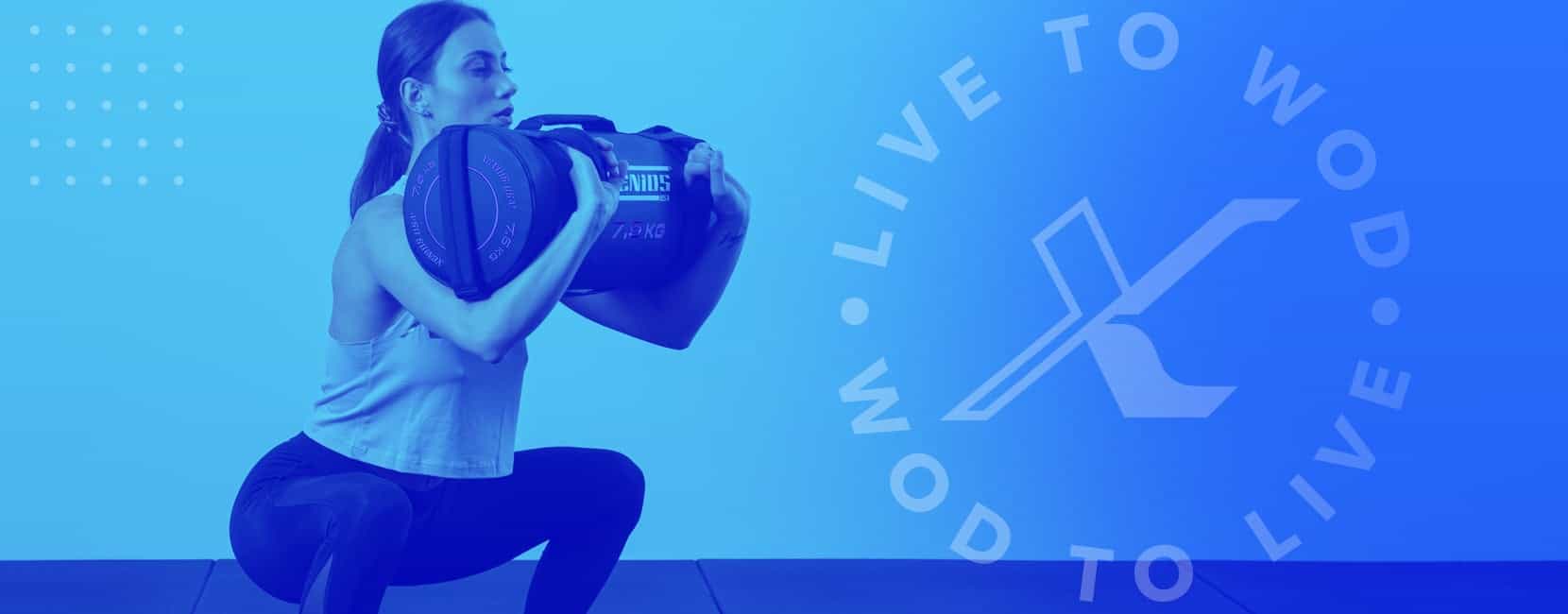
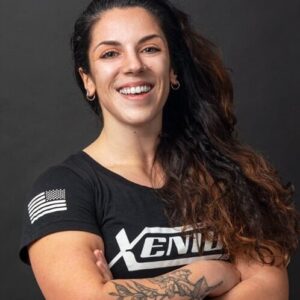
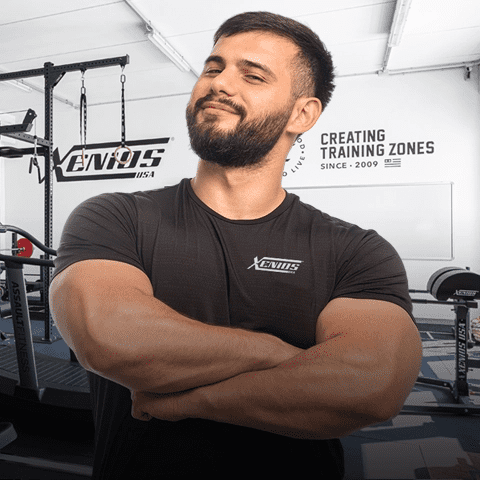
 Since 2009, we’ve been by your side, helping you create the perfect training spaces for Cross Training Boxes, Personal Trainer Studios, and professional Home Gyms.
Since 2009, we’ve been by your side, helping you create the perfect training spaces for Cross Training Boxes, Personal Trainer Studios, and professional Home Gyms.

